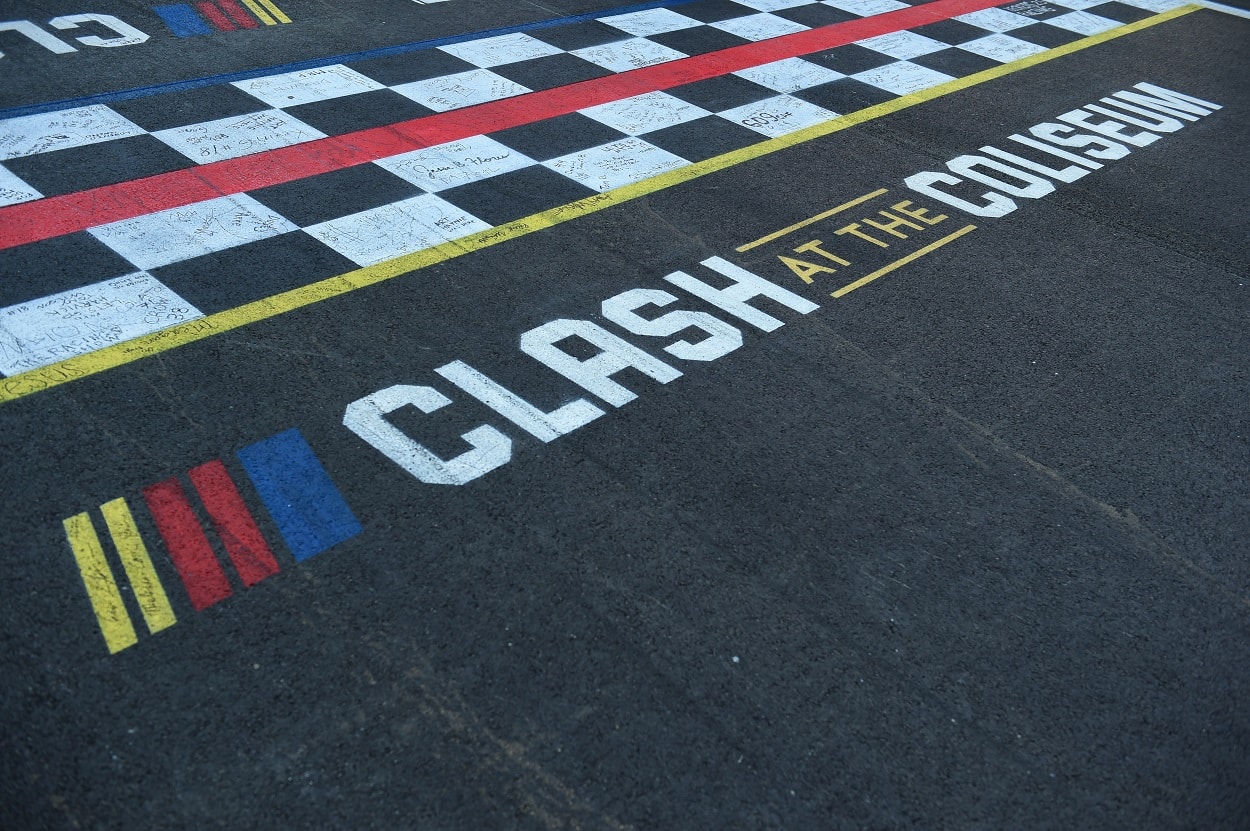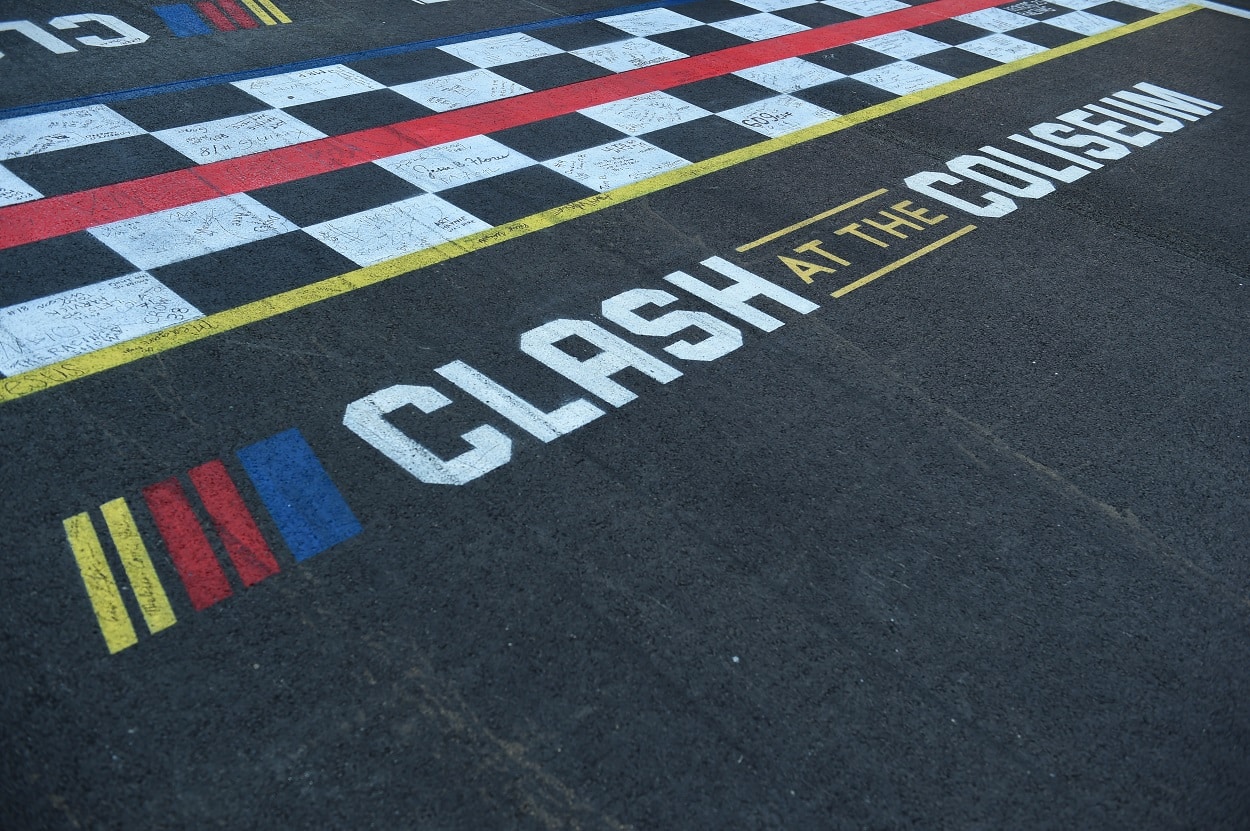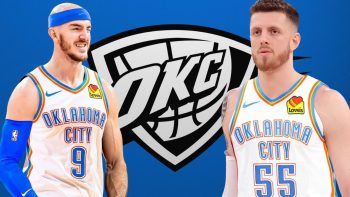NASCAR
Clash at the Coliseum: NASCAR Runs the Risk of an Old Problem With the Expanded Field

The inaugural Clash at the Coliseum exhibition race a year ago was special in several ways. But some of that uniqueness will fade in the second running Sunday simply because of a decision that might help sponsors but hurts the overall product.
In addition to the novelty of the idea of building a race track inside a football stadium, the 2022 NASCAR Cup Series Clash in Los Angeles limited the field for the main event to only 23 cars.
Heat races for the inaugural Clash at the Coliseum were highly competitive
That was still more than half of the field of 36 cars that trekked across the country from North Carolina to compete in the prelims, but it also gave the main event some sense of exclusivity and made the heat races the most intense events of the entire day.
Some of that desperation will likely disappear in the 2023 iteration because NASCAR has expanded the main event field to 27 cars, which means only nine drivers will miss the main event.
If the cars were somehow magically able to run in order of their finish in the 202 points standings, the only drivers who would miss the main event would be those far outside of playoff contention, including Todd Gilliland, Ty Dillon, Corey LaJoie, and Cody Ware. Few fans are going to be on the edges of their seats to see whether or not one of those drivers makes the final cut.
Part of last year’s intrigue developed because drivers such as Kurt Busch, Alex Bowman, and Martin Truex Jr. did not reach the final event. Sure, all three have large sponsors that missed out on the prime television time that comes with the main event, but the desperation for big-name drivers made the last-chance qualifier events incredibly intense.
NASCAR has had large exhibition race fields before with poor results

This is an issue NASCAR has dealt with several times previously, as well. The Clash was initially developed as a preliminary exhibition event for the 1979 Daytona 500 so CBS could have a de facto rehearsal.
The only drivers to compete in the event qualified by winning a pole award the previous season. That meant only nine drivers ran the first Clash race, but that was OK because it created an exclusivity that also added to the value of winning a pole throughout a given season.
Eligibility requirements began to expand in 2001 when NASCAR gave past winners of the event a free starting spot. And exclusiveness to the event disappeared in 2009 when eligibility changed to the top seven teams for each of what was then four manufacturers based on the previous season’s owners’ points standings.
The eligibility lists changed almost constantly in the final 12 years of the race when it was held at Daytona International Speedway, but it often had at least 25 drivers in the field for a race that did not exceed 20 starters for the first 25 years of the event.
The All-Star Race has had similar issues. A driver used to gain entry for that event only if he or she had won a race during the last 12 months. Now, the race includes drivers who are previous Cup Series champions, previous winners of the race, or are one of four drivers to transfer from the All-Star Race Open, a heat race for all drivers who did not meet the original eligibility requirements.
The increase in cars isn’t always a detriment to the racing of the main event. Several drivers who have transferred from the All-Star Open have gone on to win the big race. But that is obviously more likely to happen when as many as four drivers advance from the first race as opposed to a “best of the rest” winner-take-all scenario for the preliminary event.
A larger main event might suck energy from the Clash at the Coliseum heat races
This issue is particularly pertinent for a race with a main event of only 150 laps on a 0.25-mile track. The entire race distance is only 37.5 miles and took less than an hour to complete a year ago, even with a halftime show included. The various heat races took up the vast majority of the day and provided substantial entertainment.
Maybe the expanded field will keep big sponsors such as Monster Energy, Ally, and Bass Pro Shops from missing out on the main event, but the pandering to sponsors might not be worth the potentially diminished product it produces in the heat races.
Those sponsors still got plenty of TV during the heat races as the big-name drivers tried to make the main event, and each had his own specific televised interview after the race that eliminated him.
Sure, the possibility that a big-name driver misses the race is still alive, but the larger field will probably look simply like a typical short track that race fans would see throughout the regular season, just without a few of the typical backmarkers.











